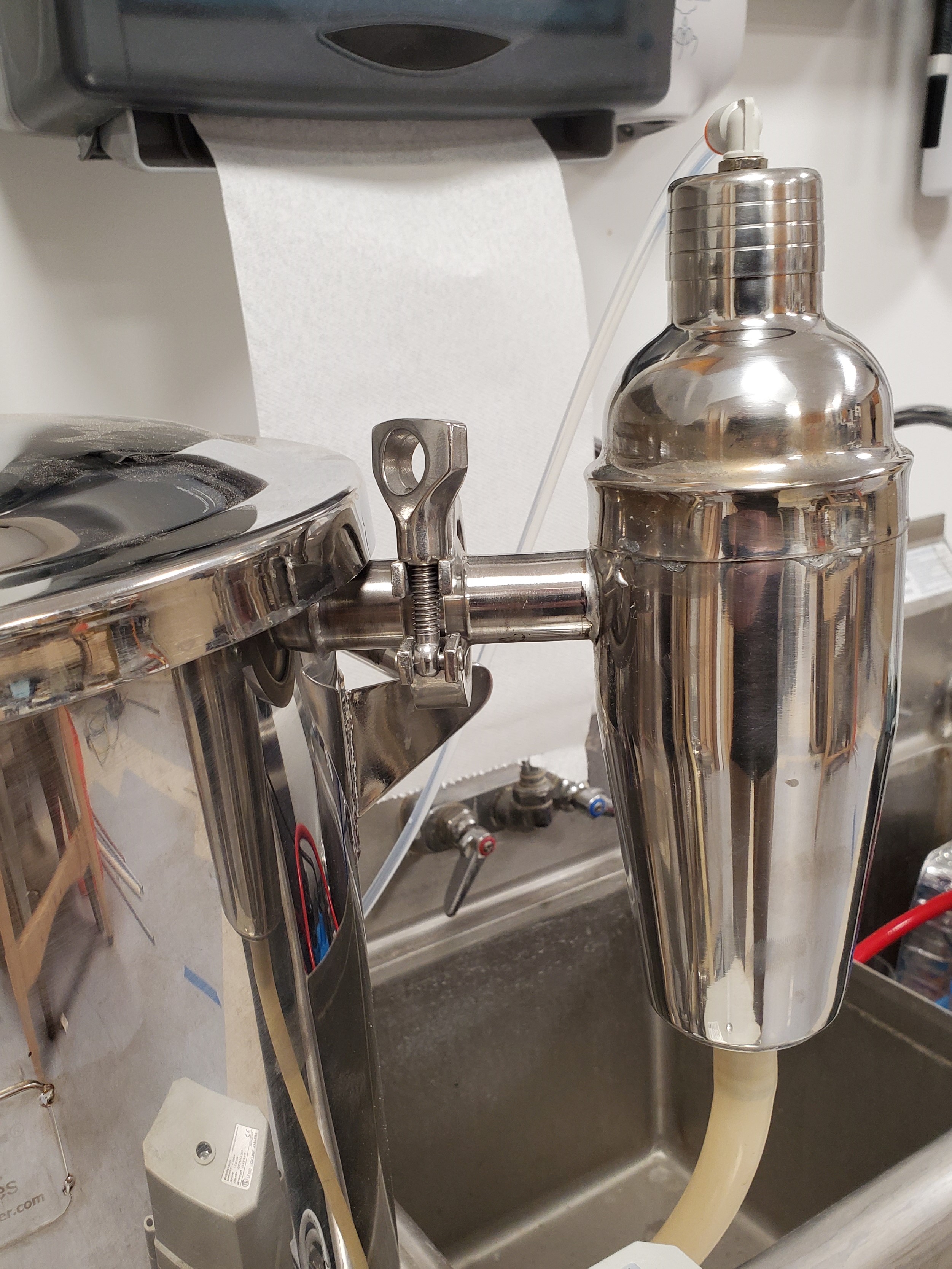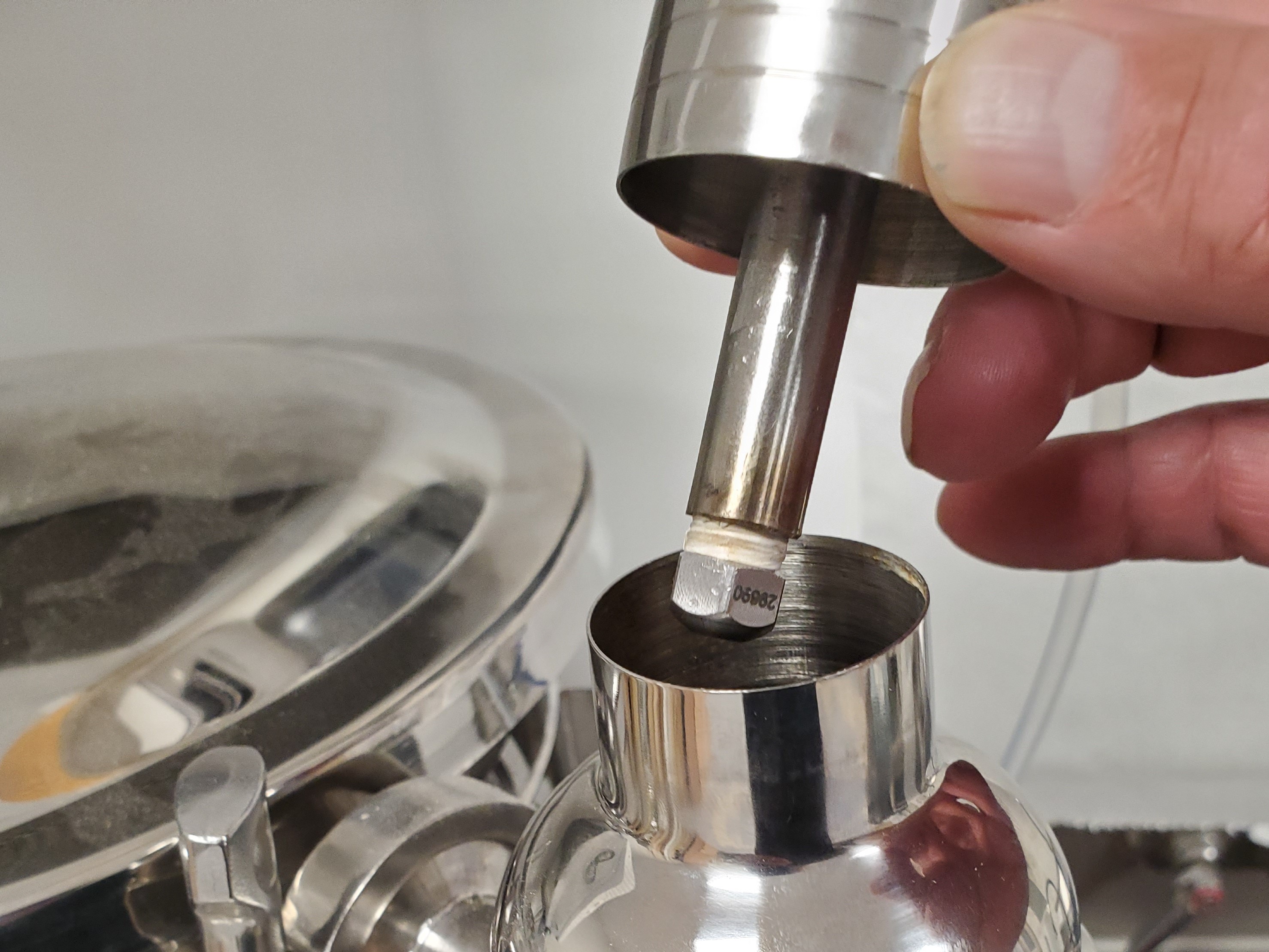speaking brewhouse efficiency or pitching-OG & using same starting volume/sparge, sugars in wort would be more diluted because less water was boiled off. to finish with correct volume of wort, yeah, you'd have to sparge with less. then your mash efficiency will go down a bit. so to hit target numbers and have the correct amount of finished beer we'll have to make minor adjustments to grain bill.
My recipies are based on the numbers I hit, around 75%. I get that only because of sparging with extra water to get more extraction and boiling off all the excess water. my boil-off is typically around 18%, which is way higher than a brewery.













![Craft A Brew - Safale S-04 Dry Yeast - Fermentis - English Ale Dry Yeast - For English and American Ales and Hard Apple Ciders - Ingredients for Home Brewing - Beer Making Supplies - [1 Pack]](https://m.media-amazon.com/images/I/41fVGNh6JfL._SL500_.jpg)













































